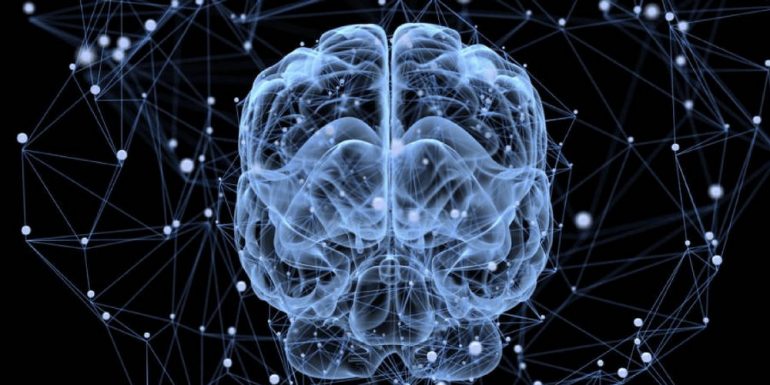Biologists in the US have managed to transfer a specific bad memory from one sea snail to another, thus creating an artificial memory in the second.
Memory was transferred by transferring the RNA molecule from one animal to another, although the exact biological mechanism that allowed memory to be "transplanted" is not yet understood by scientists.
The researchers, led by biology professor David Glantzman of the University of California, Los Angeles (UCLA), who published the paper in the journal eNeuro, said the research could open new avenues for the treatment of people suffering from mental trauma, and vice versa to restore lost memories.
"I think in the not-too-distant future we could be able to use RNA to mitigate the effects of Alzheimer's disease or post-traumatic stress disorder," said Glanzmann.
RNA is best known as the chemical messenger that creates proteins and transmits DNA commands to other parts of the cell. But it has other important functions, as the new study shows.
The researchers subjected Aplysia snails to a series of mild electroshocks, so that the animals formed an unpleasant memory, causing their tails to contract reflexively whenever they felt a touch, even when it was no longer an electroshock.
The scientists then transferred RNA from these snails to others that had not been electrocuted. Then they too began to behave as if they had had the same bad experience in the past. When someone touched their tail, it reacted spasmodically out of fear, as if trying to avoid something unpleasant. This "reflex" was not instantaneous, but lasted up to 40 seconds.
"It's like transferring memory," Glantzman said, noting that memories are not stored in the synapses of neurons (each neuron has several thousand synapses), as is widely believed, but in the nucleus of neurons. "If the memories were stored in the synapses, there would be no way our experiment would succeed," he said.
Although the snail has only 20.000 neurons in its central nervous system, and the human about 100 billion, the cellular and molecular mechanisms appear to be very similar in snails and humans. This makes scientists optimistic that their research could be "translated" into humans in the future.
